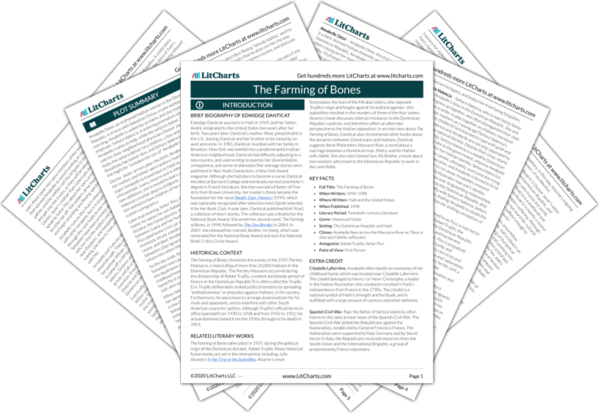When Amabelle floats in the river—a place that has caused such deep grief—she is symbolically accepting her past and her sorrow for the first time. Finding the dawn, a symbol of a new start, is Amabelle’s next priority. Amabelle learns, then, that confronting her sadness allows her, ironically, to start trying to find happiness and eventually hope. Although desolation and optimism seem like opposing forces, Amabelle’s experience shows that hope for the future can actually grow from the grief of one’s past.
